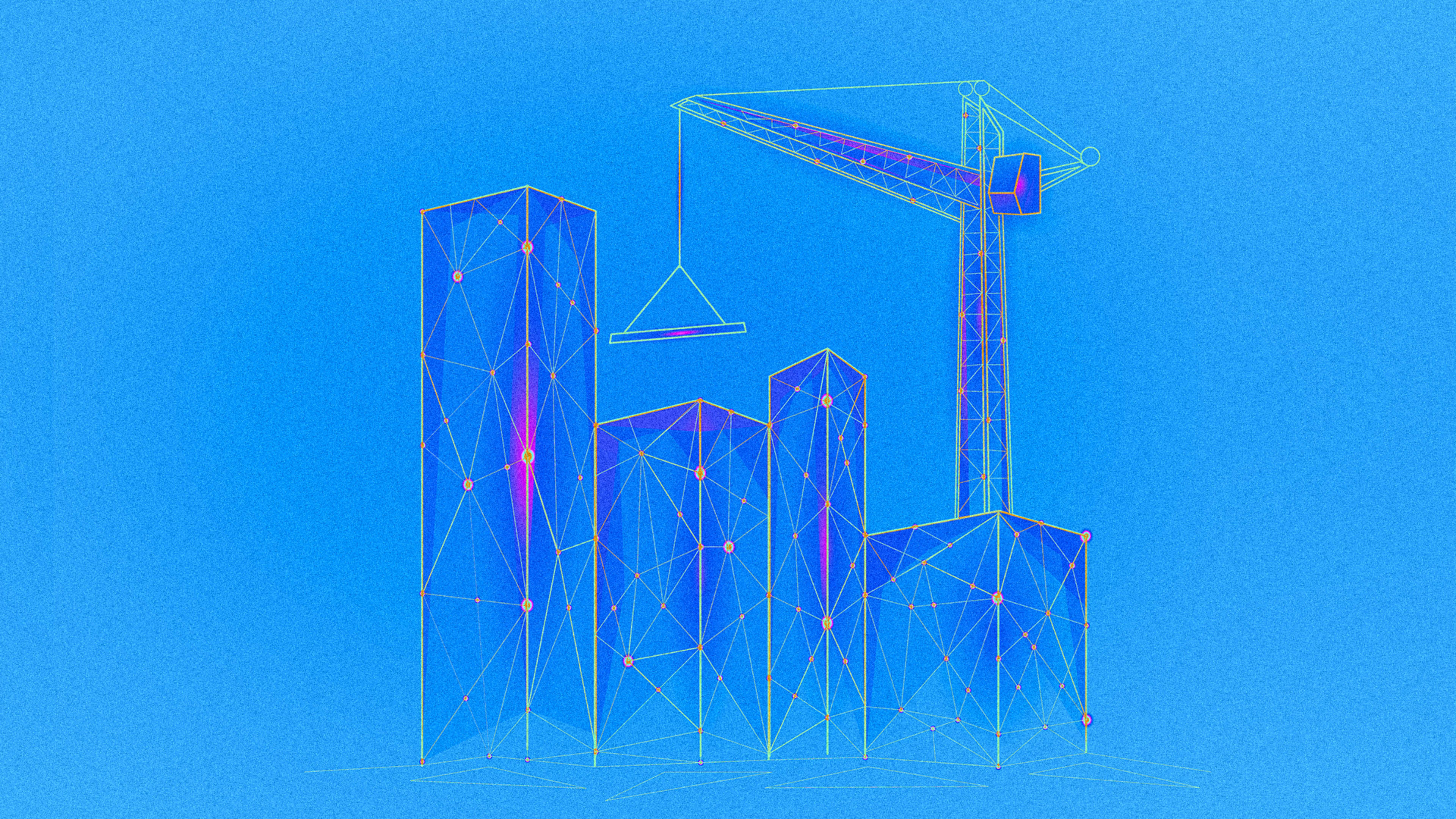Many construction sites today look like something out of a sci-fi movie, filled with automated robots, Extended Reality headsets, touchpads, and everything with a flashing light. Increasingly complex software, and hardware, is changing the construction industry. ConTech investment in 2022 reached $5.38 billion, with over four-fifths of this being in North America and Europe, according to investment specialists Cemex Ventures.
Faced with labor shortages, rising project costs, materials shortages, and a climate crisis that’s heating up, construction contractors and asset owners cannot afford to waste a single resource. Inaccurate building, leading to errors and rework (redoing work due to errors), is a project killer and contributor to these issues. Rework accounts for more than 30% of all work on site and costs between 2.4% and 12.4% of project contract value. Technology can lend a hand here.
Long gone are the days when construction crews relied on instinct and paper designs thanks to Building Information Modeling (BIM), which is now used by more than three-quarters of civil engineers. BIM uses computer- aided design (CAD) technology to create and interact with detailed 3D design models. This digitization of the design and build process gives construction crews and engineers the ability to manipulate, simulate, and visualize these models in real time.
An expanding suite of complementary technologies that integrate with BIM are bringing digital designs into the physical world, making it easier to build to specs, boosting construction to eliminate rework. Field engineers can compare holograms of 3D design models to real-world structures using Augmented Reality (AR), or monitor a building in real-time using sensors to compare it against a digital twin and proactively identify errors. Construction is finally going digital, taking human error out of the picture once and for all—a critical step in eliminating error.
As we enter the age of the megaproject, construction professionals must build increasingly complex structures, and there is greater demand for precision and speed to deliver projects on time and within budget, and with minimal waste. Construction is about translating designs into the real world, and issues occur when plans don’t line up with structures. A minor error at the start of a project can have a cascading effect later down the line if it’s not identified and addressed proactively, ramping up project costs, extending the project timeline, and wasting materials and energy. Creating more synergy between the digital design process and building in the field is critical to improving the accuracy of construction.
Digital information is accurate and can be shared easily, especially using cloud platforms that are now common sight in construction. Digitally enabled hardware can also collect data in the field, building a home for Artificial Intelligence (AI) in construction. Computer Vision (CV), a technology that brings AI to life by analyzing images, can be used to monitor environments and identify safety risks on site. AI can also handle project data, managing resources like budgets, materials, and energy to automate processes, such as scheduling to free up time for other tasks. Not quite a global Skynet takeover, as construction continues to become more data-driven, AI is an exciting space to watch.
Rework remains a stubborn stumbling block in construction, but we are getting closer to eliminating it once and for all. Architects, engineers, and construction crews are already adopting cutting-edge technology, and leading general contractors are seeing the returns, reporting as much as nine times return on investment. We’ve seen AR reduce rework to as little as 1% on projects, providing cost and environmental savings.
Faced with tight project deadlines and often unpredictable market challenges such as supply chain shortages, it will take some time for the traditionally slow-moving industry to adjust to this new futuristic normal. Confidence is needed to invest in and adopt the latest technology on the market, but it’s already happening and is accelerating. It’s catch on quickly, or be left in the dust.
David Mitchell is the founder and CEO of the construction technology company, XYZ Reality, the company behind the Atom, the world’s most accurate engineering-grade augmented reality headset.
Recognize your brand’s excellence by applying to this year’s Brands That Matter Awards before the early-rate deadline, May 3.
